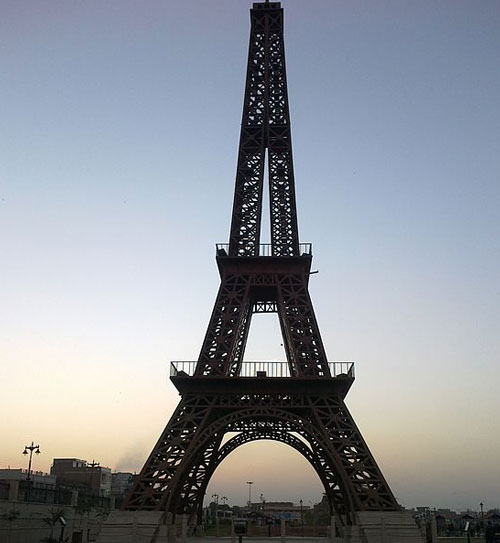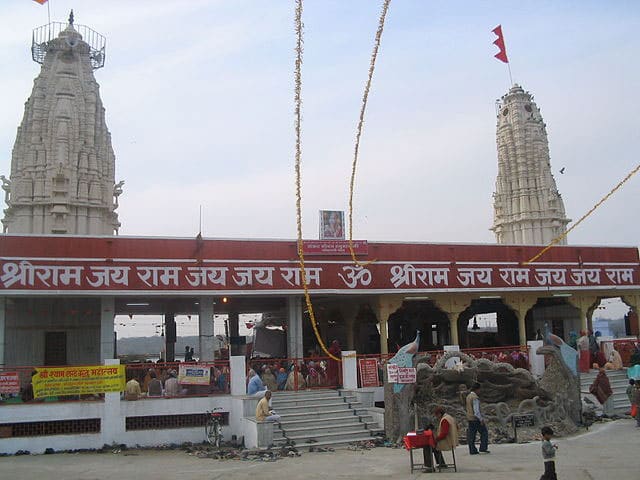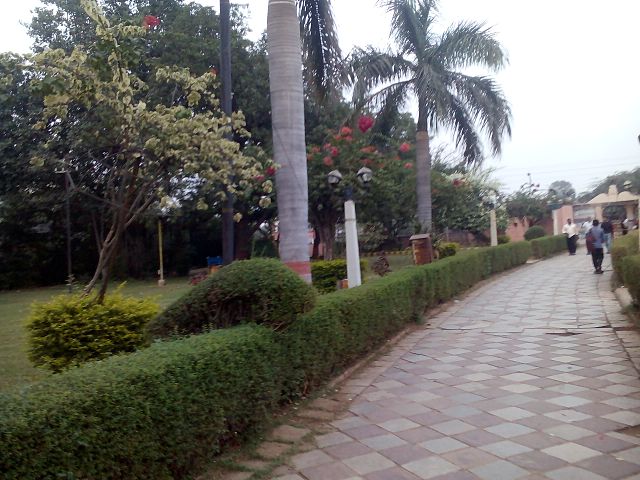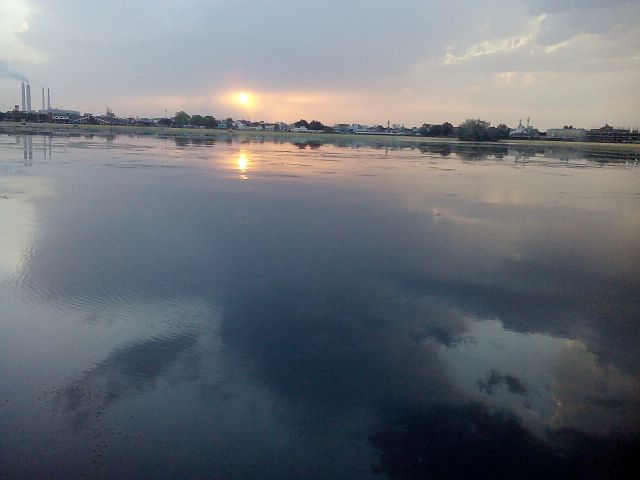Situated on the banks of River Chambal, Kota is the third biggest city of Rajasthan, India. Another legendary city of the Desert state that is famous for the forts, palaces and gardens, Kota was initially the part of the Rajput Kingdom of Bundi and therefore the city has a lot of stories to tell. It also has a great number of religious places that are quite important for Hindus as well as Sikhs. Also known for its rich flora and fauna, Kota flaunts its sand dunes, wildlife, forests, heritage and culture beautifully. Everything adds up to make a perfect holiday destination that can be enjoyed by everyone. If you are planning a trip to Kota, make sure to include the listed places in your itinerary.
1. Seven Wonders Park

As the name suggests, the Seven Wonders Park features beautiful replicas of the actual Seven Wonders of the World. They are made so skillfully that for once, you might actually want to believe that you really are standing in front of the world’s wonders. The best time to visit this park is during sunset when the lighting is just perfect and adds more to the beauty of the edifices. The peaceful ambiance adds to the overall appeal of the park. This park has really left all the visitors wondering in awe. Most people who have been here once want to visit it again and again. Make sure to not miss out this wonder of Kota.
2. Chambal Gardens
This picturesque garden located on the banks of River Chambal, at Amar Niwas, is a perfect place to go for a picnic. The garden encircles a small yet pretty pond. This pond is famous as crocodiles inhabit it. It is said that there was a time when the pond was full of these crocodiles. It was only in the 20th century that many of them were hunted down. There is a suspension bridge built over it for easy travelling to either sides of the pond. The bridge also adds to the beauty of the gardens. Many families are seen having a great time here. The garden has a number of fields to play in, making it an entertaining place for the kids too.
3. Jagmandir Palace and Kishore Lake
The Kishore Lake and the Jagmandir Palace create a perfect place for photography. Jagmandir Palace is situated in the middle of the artificially created lake. This palace was built by a former queen of Kota for the purpose of recreation and pleasure of the royalty, whereas the lake was built by Prince Dehra Deh of Bundi. Together they make a beautiful picture. People can go for boat rides in the lake and adore the reflections of the domes of the palace in the crystal clear water. The Kesher Bagh (the place where the cenotaphs of the royal people are situated) is also in the same area.
4. Godavari Dham Temple

This temple is located on the banks of River Chambal. The Godavari Dham temple attracts thousands of devotees from all over the country throughout the year. It is made of beautiful white marble and its towers go high up in the sky. The architecture of the temple is quite interesting as well as impressive.
5. Darrah Wildlife Sanctuary
As mentioned earlier, Kota is known for its flora and fauna as well. The Darrah Wildlife Sanctuary came into existence only in 1955. Prior to that, these forests served as a hunting ground for the royal people. Kings used to come here to hunt wild animals like tigers, rhinos and deers. Sadly, the population of these animals has gone down here and the same has happened with the greenery of the forest. Though the grounds have lost its previous glory, it still houses a great number of animals like wolves, sloth bears, antelopes and leopards. These animals and the forests are now taken care of very well.
The ideal time to visit Kota would be between the months of October and March. The city experiences a semi–arid kind of weather and therefore the temperatures are high here throughout the year. The summers mean harsh heat and the winters are chilly. However, it is easier to move around the city during the said months. Kota is a great family holiday destination. There is so much to discover that one visit here might just not satisfy your traveller cravings.
More Places To Visit In Rajasthan:



